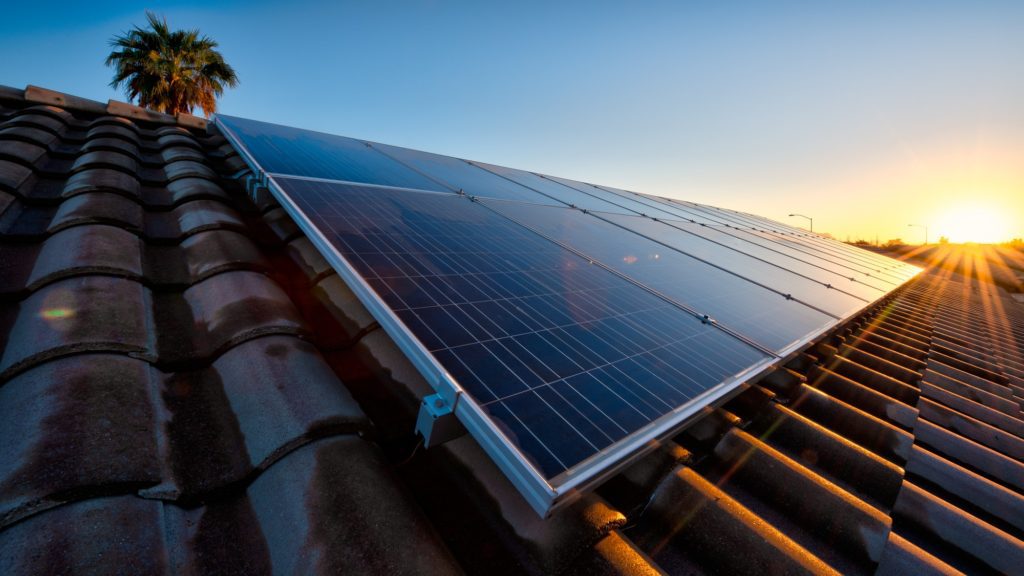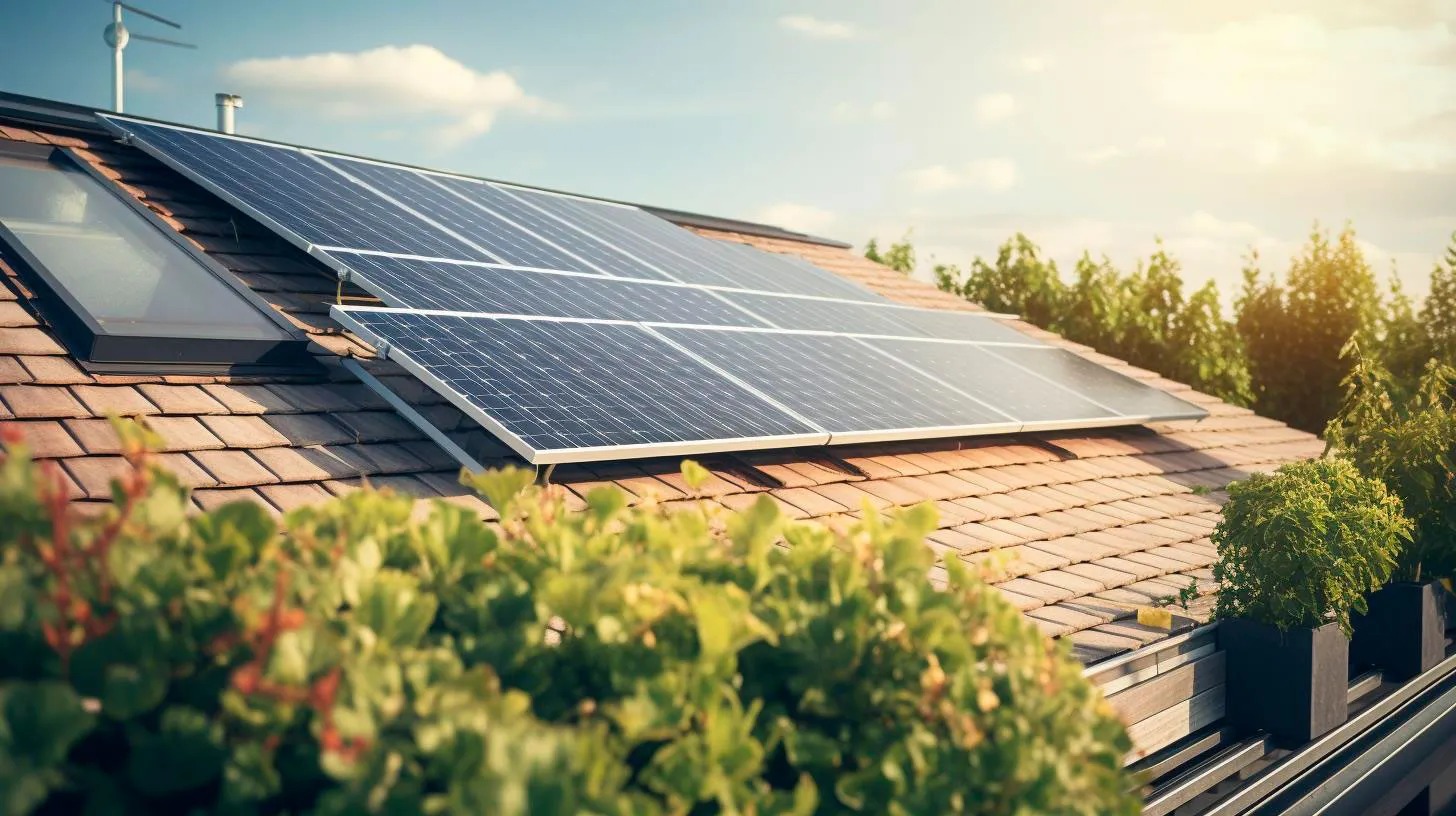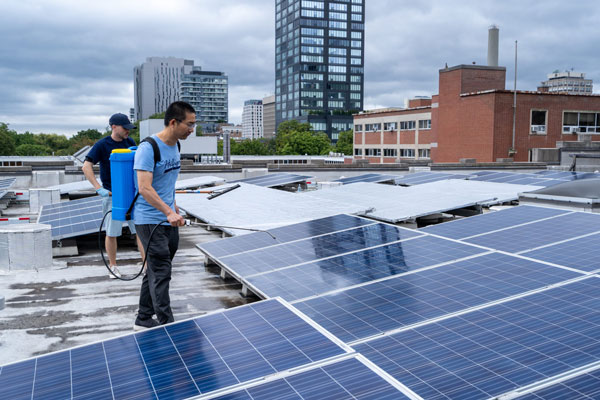Managing Intermittent Solar Availability
A portable solar panel is an all-purpose answer to energy concerns in far-off and off-the grid sites. Those efficiency levels can be severely constrained by the intermittent nature of solar. This is especially true in places with unpredictable weather or during parts of the year when there are fewer hours of natural light.
Real-time tracking of solar input
A common sense solution is simply using more effective monitoring systems, tracking solar input in real time. They are particularly useful when combined with solar generation, as these systems can help users to self-generate and self-consume with the ability to reduce energy consumption and store-excess solar power.
Hybrid Energy Solutions
Using portable solar panels along with energy sources such as battery packs and also the small wind turbine make the energy supply much more stable. On overcast days, the battery can make up for the decreased solar output, so your power remains constant.
The strategic panel placement
The sustainability of solar panels greatly depends on where they are situated. Users can increase their solar energy use by tweaking the angle and position of their panels to match the sun. This way of thinking must be complemented with the knowledge of sun paths and utilize mobile apps that advises how best to position in accordance.
User Education
One of the keys to managing this challenge is education of the user. Knowing the limitations and possibilities of solar panels allows users to budget their energy more wisely. Training sessions or online lessons can also give users means to tweak their setups after analyzing their surroundings and weather reports
Creating Panels That Last
Much of the innovation in solar technology is about making panels that are resilient and can thrive in different lighting environments. The only way to solve this intermittent supply of solar energy was to use amorphous silicon-based technology to make a solar panel that can effectively capture very low levels of light.
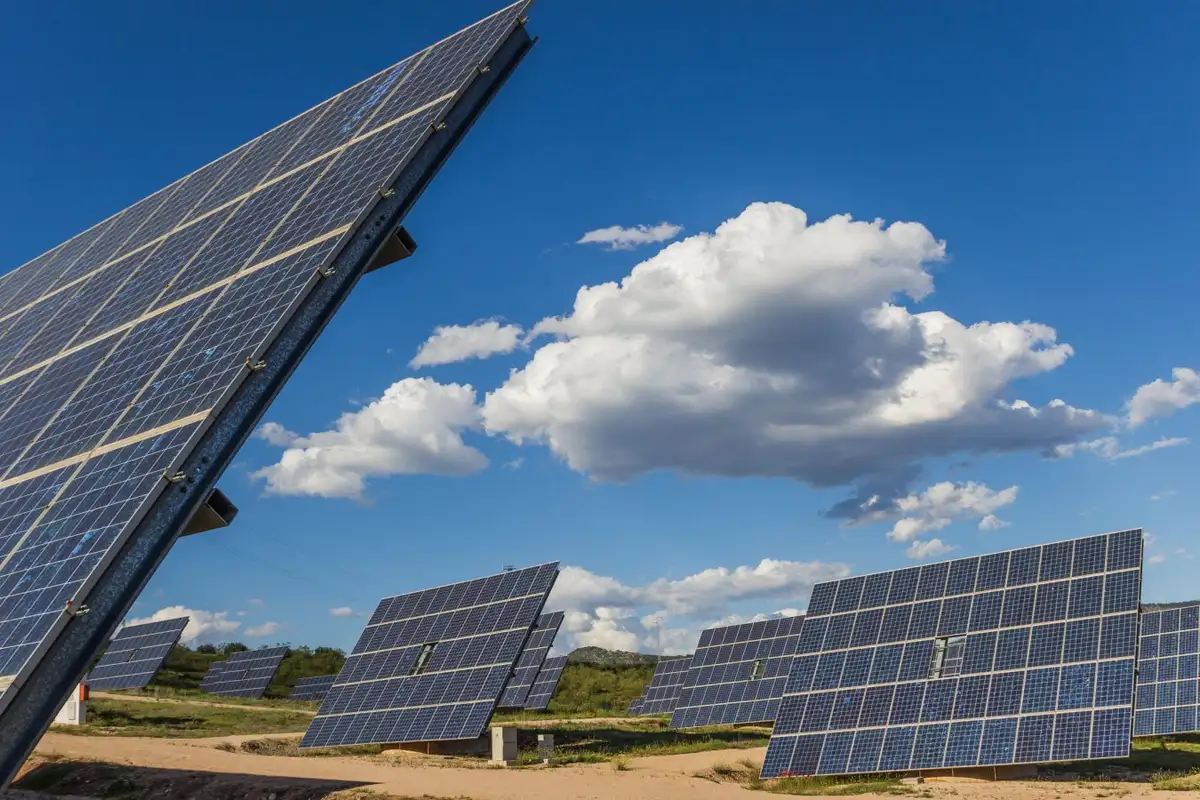
Handling and Storage Issues
Care of portable solar panelsPortable solar panelsNamely, portable solar panels must be handled and properly stored for them to be efficient and last you a long time. Challenges of transport and storage are often physical fragility, size constraints, and environmental sensitivity.
Strong Clean Cases Strong, clean cases become necessary to ensure no damage occurs during transportation and storage. The cases are meant to protect the screens from drops and scratches that could otherwise limit their usefulness. Those built out of high-density foam with hard shells are very protective cases.
Compact and Foldable Designs The designs of solar panels have witnessed a great leap thanks to the innovations in the panels. Not only do these designs make their devices smaller, but they also make them more storage friendly by taking up less space. An example is a solar panel that folds up to the size of a book brand and can be integrated in camping gear or emergency kits.
Solar Panel Climate
Solar panels can be significantly damaged or otherwise degraded by extreme temperatures and humidity conditions. Prevent permanent damage by using climate-controlled storage solutions, like well insulated and secure storage units. Humid climate users can also use dehumidifies in the storage area to prevent moisture buildup.
Latch Systems
Important for those who will be moving the solar panel from storage to use more often. Features like snap-and-rivet locks and folding stands will make quick work of assembly and disassembly but should not come at the cost of panel strength.
Continuous Maintenance Checks
Maintenance checks need to be carried out often for keeping the lifecycle of portable solar panels. Consumers should conduct periodical inspections like checking of any signs of wear and tear such as frays on the cables or looseness in the signal connections to ensure that such damages does not go unnoticed where it can further develop to cause damages.
Limitations in Powering Larger Devices
A couple of the biggest drawbacks for users that rely on portable solar panels is that they will likely not find a high-yield brand able to support larger electronics that consume more energy. But, these devices such as laptops, refrigerators, power tools may very well overstep a single panel for output.
Determine Power Needs
The most basic move is for users to get to know the power needs of their devices. A common laptop, consumes approximately 60 watts of power but a portable solar panel may only deliver 20 watts per hour in ideal scenarios. This discrepancy underscores demand for other power outlets, or panels of greater Wattage.
For this drawback, to increase the total power output the user has to link multiple solar panels using series or parallel connection. Three 20-watt panels, when hooked together, will give you 60 watts per hour, for the minor use of a laptop and small fridge.
Battery Storage Solution
It is possible to connect the battery storage solutions, so the energy generated during the peak sunlight hours can be stored for later use. The energy can then be stored to used to power devices during in low sun level or at night. Large batteries, like lithium-ion packs, can work well as an energy storage for solar energy.
Device-Based Priority
Users can dictate which devices are important and minimize their use depending on available power. This method consists of forethought and, potentially, lowering expectations about what can be powered by nothing but solar power is very important.
Portable Solar Power Generators
More powerful than solar chargers, best for larger energy needs. The most common type of these generators contains multiple solar panels and large batteries, using the power of the sun to keep large appliances running for longer periods. These are especially valuable for off-grid applications, such as on construction sites or at outdoor events.
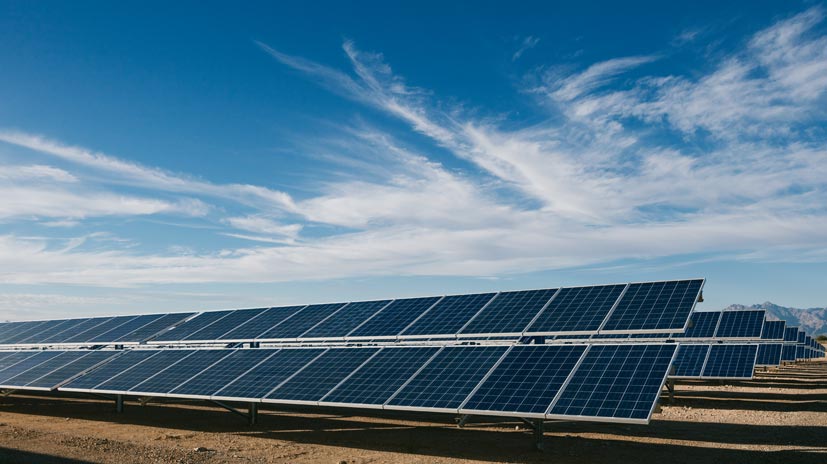
Maintenance and Longevity Concerns
Those are basic parameters that users need to keep track of–efficiency and how long it will last to ensure you get a long life out of your portable solar panels. These can break down and the panels can lose performance quicker as well as shorten the life of the solar panels.
Cleaning and Inspection
Normal cleaning and inspection of the solar panels is mandatory as even bird droppings, dust and dirt can diminish the efficiency of the solar panels thereby reducing electricity production from solar panels. Users should clean their solar panels once every month or more frequently if in a dusty environment. A study found that panels that were cleaned annually produced 5% less energy over the course of the year than those that were cleaned as soon as the researchers noticed output decline.
Physical Damage Prevention- Portable solar panels are prone to physical damage when being carried. Take care to keep these safely in storage and in handling these users should be cautious. To 100% avoid accidentally damaging its surfaces that may come in contact with sharp/abrasive objects (because they can potentially scratch your tablet – like the screen, where i highly recommend using a screen guard) get a protective measure that can also absorb shock damage (such as cushioned carrying bags or hard-case covers).
Check for Repeated Electrical Problems
The solar panel should be monitored well to observe any repeated power/electrical issues which may arise like burning wires, wobbly junctions etc. These issues not only decrease the efficiency of the panels but also create a risk to safety. Visual inspection every six months and checking of voltage and current with a multimeter will catch those early and allow you to fix it.
Placement Optimization for Reduced Wear
Exposure to inclement weather can hasten solar panels' aging process. When the panels are not in use, this will allow users to position them in ways that reduce wear from the harsh environment, thereby extending their lifetime.If panels are in storage, keeping them tilted at a small angle can reduce the risk of stagnant water, which could in turn cause corrosion or mold.
If your solar panels have integrated technology, like smart monitoring systems, it is important to ensure that all firmware and hardware is up to date. Such updates can improve the panels' performance and efficiency by updating energy management and diagnostic functions.
Legal Restrictions on Public Land
Public lands can contain different legal limitations that can influence where and how someone can apply portable solar panels. Many of these regulations are meant to protect our natural resources, wildlife habitats, and other land users as well.
Zoning Laws
Some kinds of public land will be zoned only use such as recreation, conservation, or resource extraction. These classifications are important for solar panel users to understand since some zones may completely disallow the use of any external power sources—even solar panels. In some cases, no electrical installations are allowed at all in order to prevent disturbance to the habitat of the protected wildlife.
Permit Requirements
In certain areas, you may need to have a permit from the city for installing solar panels in public land (for extended periods) This usually entails submitting a plan with the ascribed use, the timeframe, and the environmental-impact analysis. The permits are something that users should have a careful look at as they would be in real trouble dealing with them otherwise.
Environmental Impact Analysis
This is to ensure that the general public do not need to worry about the effects of solar panels on their land. One way to do this is to do an environmental impact assessment (EIA), the purpose of which is to identify, predict and understand the impact of a development proposal on the relevant environmental biophysical and human environment by formally collecting, assembling information which includes new information, for the development of an informed decision. All of it is part of the great design to control and regulate the use of solar if it does not occur in a sustainable manner.
An important thing to remember is that most public lands have rules about what thing can be performed and used in these areas; Ought of the turf, the scale of solar arrays is sometimes restricted to reduce visual impactfor by limitingthe number of solar panels that can be installed on a particular site and in turn preserving the site's natural setting.
Engage with local communities
For the public lands that do serve local communities, e.g. allowing grazing or firewood gathering, the customers of solar panels on these lands should meet and listen carefully to the concerns of these communities. Such engagement could preclude conflicts and ensure that the manner of deployment of solar panels is culturally appropriate and respects local customs and rights.



